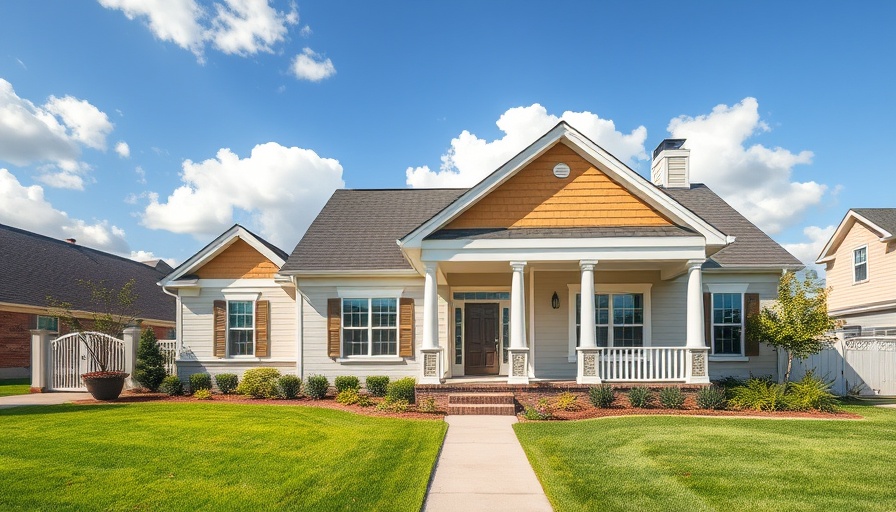
Understanding Your Primary Residence: More Than Just a Home
When it comes to purchasing a home, the classification of your property can significantly impact your financial situation. Buyers often face confusion distinguishing between a primary residence, a vacation home, and an investment property. This distinction affects your mortgage options, loan terms, and tax implications, making it essential to understand.
What Exactly Is a Primary Residence?
According to the IRS, your primary residence is the dwelling where you spend the majority of your time. This is not merely a house but could encompass any living space such as an apartment, condo, or townhome. A primary residence is typically where you receive your mail, keep your legal documents, and register for services like voting and banking.
The Benefits of Classifying Your Home as Your Primary Residence
Classifying your home as your primary residence has clear benefits, especially when it comes to financing. Mortgage lenders prefer primary residences as they are viewed as less of a risk compared to second homes or investment properties. Property owners benefit from lower interest rates—typically around 0.25% to 0.75% lower—because lenders believe homeowners are more likely to prioritize payments on their primary residence.
The IRS Guidelines for Classifying Your Home
To ensure your home is classified as a primary residence, you should adhere to IRS guidelines. These include using the home as your mailing address, having it listed on your driver's license and tax returns, and residing there for more than half the year. Typically, your primary residence must remain your principal home for at least a year post-purchase to prevent it from being viewed as an investment property.
Impacts on Mortgage Terms
Your lender will evaluate whether your home is a primary or secondary residence, impacting your mortgage terms significantly. A lower interest rate is just one benefit; your chances of getting a more favorable loan package significantly increase. Higher risk properties are charged more, so understanding how residences are defined can mean savings in interest payments.
How Primary Residences Affect Your Taxes
Primary residences can offer significant tax advantages. Homeowners may be able to deduct mortgage interest and property taxes, reducing their total taxable income. The gain realized when selling a primary residence may also be exempt from capital gains taxes under certain conditions. However, these advantages shift when a property is classified as an investment or second home.
Making Informed Real Estate Decisions
Given that your primary residence affects not only your mortgage and taxes but also your overall financial strategy, it’s essential to be informed. Whether you're house hunting, considering new construction homes, or renting an apartment, understanding these classifications and their impacts will enrich your real estate journey.
Call to Action: Invest in Knowledge
In today's dynamic real estate environment, effectively navigating the complexities of property classification can lead to worthwhile savings and a better financial position. Engage with a real estate agent or conduct thorough research through platforms like Zillow or Redfin to make informed decisions that cater to your needs—your wallet will thank you.
 Add Row
Add Row  Add
Add 



Write A Comment